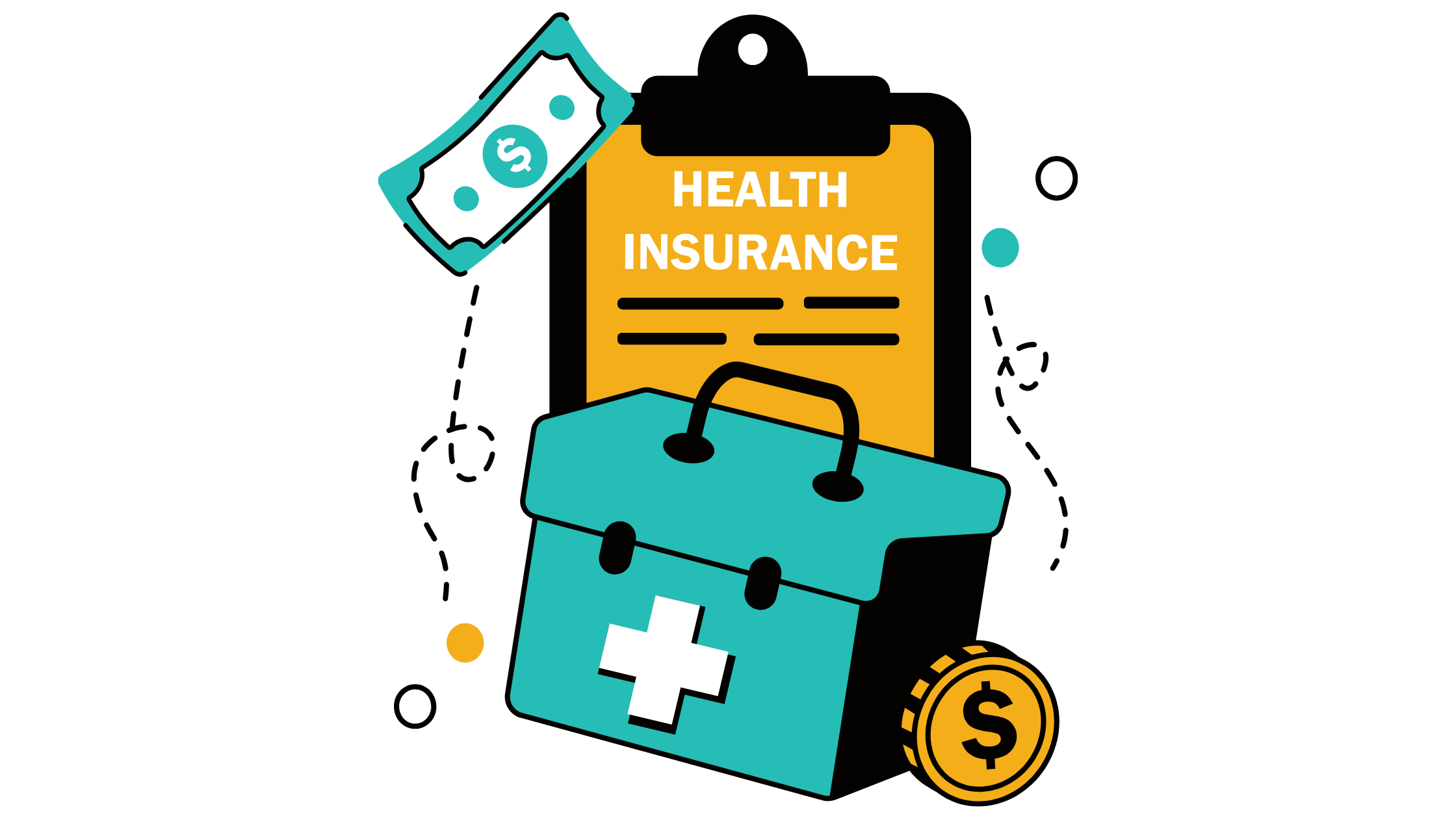You Just Got an ICHRA. Now What?

This article is for every employee shopping for an ICHRA plan for the first time. Your employer just gave you healthcare dollars instead of a group plan.
You have logged in.
You have seen your ICHRA funding.
And now there they are: more than 100 plans staring back at you.
If you are wondering where to begin, this 5-step guide is for you.
Step 1. Define Your Goals
Do you go to the doctor a few times a year or every month? Are you planning for a family? Do you have regular prescriptions? Are you trying to finally prioritize your health?
Your health needs shape how you shop.
If you're healthy and rarely go to the doctor:
A Bronze plan may be a good fit. It has a lower monthly premium, and in 2026, all on-exchange Bronze plans are Health Savings Account (HSA) eligible. If your employer has added a Health Wallet to your ICHRA, any ICHRA funding you don't spend on premiums rolls into an additional Health Reimbursement Arrangement that you can use for out-of-pocket expenses.
Some people optimize hard for this. They buy the cheapest plan possible and pocket the difference. It makes the benefit feel real, especially if you're young and healthy.
The trade-off: A high deductible can feel risky. Many people prefer to pay more each month for predictability and peace of mind.
If you have ongoing needs:
Regular prescriptions, frequent appointments, or maternity planning change the math. Gold or Silver plans might make more sense. You'll pay more monthly, but you'll save when you actually use care.
Step 2. Understand Your Worst-Case Number
Every insurance plan has an Out-of-Pocket Maximum, which is the most you would ever pay in a year before insurance covers 100% of approved medical costs.
Example: The average childbirth costs around $18,000. If your plan's Out-of-Pocket Maximum is $9,000, that's all you pay. Everything beyond that $9,000, including the remaining hospital bills, pediatrician visits, postpartum care, and prescriptions, is covered 100%.
Understanding Deductibles and How Costs Add Up
Before your insurance pays anything, you typically pay a deductible. This is the amount you must spend out-of-pocket before your insurance kicks in. For example, if your deductible is $5,000, you pay the first $5,000 of medical costs yourself.
After you hit your deductible, you still pay a portion of the costs through:
- Copays: Fixed amounts per visit (e.g., $30 for primary care, $75 for a specialist)
- Coinsurance: A percentage of the cost (e.g., you pay 20%, insurance pays 80%)
All of these costs (deductible, copays, and coinsurance) add up toward your Out-of-Pocket Maximum. Once you hit that number, insurance covers 100%.
Example of how costs accumulate:
You break your leg and go to the ER:
- Emergency room visit: $4,000 (you pay $4,000 toward your $5,000 deductible)
- X-rays and casting: $1,200 (you pay the remaining $1,000 of your deductible, then 20% of the remaining $200 = $40)
- Follow-up appointments: $250 in copays
- Physical therapy sessions: $500 in coinsurance
- Total you've paid so far: $5,790
If your Out-of-Pocket Maximum is $9,000, the most you could pay for the rest of the year is $3,210, after which everything is 100% covered.
Most people (about 90%) will never hit their deductible, let alone their Out-of-Pocket Maximum, in a year.
But when healthcare costs hit, they hit hard. Medical expenses are the leading cause of bankruptcy in America. Your Out-of-Pocket Maximum is your true financial exposure, the ceiling on what you could owe if everything goes wrong in one year.
This is why picking your health insurance matters. It's not just about monthly premiums. It's about whether you can absorb a $7,000 or $9,000 hit without derailing your finances. Can you cover that number?
Healthcare is something we don't think about until we need it. Being proactive now can save you later. If your budget allows, consider opening a Health Savings Account. Build up a cushion while you're healthy, so you're prepared if you ever need it.
Step 3. Know Your Habits
Here's a question most people skip: Will a high deductible or high copays actually keep you from getting care?
Be honest with yourself.
If a checkup costs $200, will you delay it? If your child needs urgent care and it's $150, will you wait another week to see if it gets better? Does cost make you avoid the doctor altogether?
Prevention only works if you actually go. The annual physical that catches high blood pressure early. The strange mole you've been ignoring. These things save money and lives, but only if cost isn't a barrier.
If you know lower copays help you follow through, paying more per month for a richer plan might be the smarter and cheaper long-term choice.
Step 4. Confirm that Your Doctors are In Network
Seeing doctors you know and trust makes or breaks your healthcare experience. That's why checking the provider network matters so much.
You can search for doctors and providers inside the Venteur ICHRA platform. But we also recommend calling your doctor's office directly to confirm.
Here's why: A doctor might take a carrier like Blue Cross Blue Shield, but not all their individual plans. You can't just call and ask, "Do you take Blue Cross?" They probably do, but they may not take your specific plan. In the individual market, carriers offer multiple networks, and your doctor may be in-network for some plans but not others.
When you call, say the full plan name, not just the carrier. This extra step can save you from a costly surprise.
Step 5. Check the Cost of Your Prescriptions
For people managing chronic conditions like diabetes, prescription coverage can be the single most important factor in choosing a plan.
Every plan has a formulary, which is the list of medications it covers. Not all plans cover all medications, and the cost can vary dramatically between plans.
Critical for diabetics: Not all insulin types are covered on every plan. If you rely on a specific insulin brand or formulation, verify it's on the formulary before you enroll. For many people with diabetes, prescription coverage is the deciding factor.
Your Medication Checklist
1. Is your medication covered? Search the plan's formulary by drug name. If it's not on the list, you'll pay full price through insurance. But that doesn't mean you're out of options.
2. What tier is it on? The tier determines your cost:
- Tier 1: Generic drugs (lowest cost, often $10 to $30 copay)
- Tier 2: Preferred brand-name drugs ($50 to $100 copay)
- Tier 3: Non-preferred brand-name drugs ($100 to $200 copay)
- Tier 4: Specialty drugs (often 25% to 50% coinsurance, can be $500+)
3. Does it require prior authorization? Some medications need doctor approval before insurance covers them. This can delay your prescription by days or weeks.
4. Compare insurance cost vs. cash-pay alternatives: Sometimes paying cash is cheaper than using insurance, especially if you haven't met your deductible. Popular services include Cost Plus Drugs and GoodRx, which can cut prescription costs by 50% to 80%. For some medications, the cash price is lower than your insurance copay.
5. Are there generic alternatives? If your medication is expensive on the plan's formulary, ask your doctor if there's a cheaper alternative that works for you.
Searching the Formulary:
There's usually a searchable formulary on each carrier's website. Many also publish a PDF version, though it's not always easy to find. Look for "drug list" or "formulary" in the plan documents section.
Bringing It All Together
Shopping for an ICHRA plan can feel overwhelming at first, but it gets simpler once you know what to look for.
Start by clarifying your goals and how you actually use healthcare. Know your worst-case number. Make sure the plan removes barriers instead of creating them.
There's no single right answer. The right plan matches your needs, your comfort level, and your budget. With ICHRA, you have real choice and real control. Use both.
You got questions, we got answers!
We're here to help you make informed decisions on health insurance for you and your family. Check out our FAQs or contact us if you have any additional questions.
Explore more related content
What is Venteur
Explore the best human-first Health Insurance platform
Simple, personalized health benefits
Sign up in minutes, define your contribution, and let your employees choose the health plan that works right for them
Integrations to make everything run smoothly
We'll connect with your payroll and finance systems to make deductions and premium payments seamless
Easy onboarding and off-boarding
In just a few clicks, add your roster and make updates on the fly. We'll handle it from there.
Venteur Certified Brokers to help your employees pick the right plan
Our trusted brokers ensure the best outcomes for employees and employers by unlocking health savings and providing unrivaled plan options.
AI-powered plan recommendations to give you confidence while you shop
Backed by 30 years of healthcare data, Venteur’s AI helps employees compare and choose the best plan for their unique situation.
Compliance and reporting because no-duh!
Venteur manages plan administration, reporting, and compliance so you can focus on growing your business.

.png)
.png)